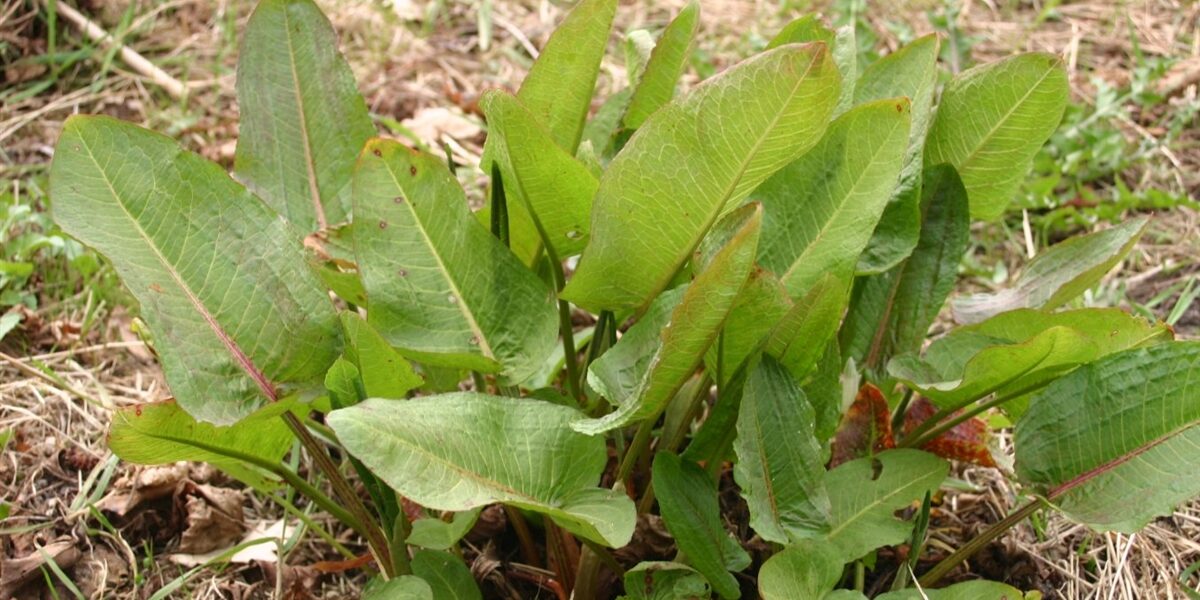Yellow dock is a go-to herb for chronic and acute skin conditions like psoriasis and acne.
Yellow dock encourages “flow”. Skin problems can often trace their source to a congested liver and sluggish system generally overwhelmed with toxins. Yellow dock encourages the production of bile and promotes bowel cleansing. It strengthens and astringes the stomach and has a mild laxative action; it gets things moving, breaks up stagnation, and thus helps flush out whatever may be causing the skin condition.
Imagine a dammed-up pool of water sitting stagnant in the hot sun. There’s no opportunity for movement and the heat of the sun encourages scum to grow and rise to the top of the already murky water. Yellow dock releases the dam and allows cool, clean water to flow through and flush away the accumulated build-up.
Any hot, irritated, or inflamed skin condition can benefit from the cool flow of yellow dock sweeping through and cleansing the system. The young leaves may also be made into a poultice and applied directly to the skin. Yellow dock is often found growing right next to stinging nettle because its soothing, cooling leaves are a direct topical antidote to the nettle’s sting.
For skin problems, a daily tea of yellow dock root is recommended. Bring 1-2 teaspoons of yellow dock root to boil in a cup of water. Lower the heat and simmer it for 10-15 minutes. Drink 3 cups a day for a month and see what happens!
Yellow dock is an exceptional herb to know because it grows everywhere. It is one of many liver-cleansing herbs that has made itself available to us in our society of congested livers. It is best to dig up the roots either in early spring or in late summer/fall. A hand trowel or shovel comes in handy for getting the whole, long taproots out of the soil. Split them open with a knife, cut into 1/4” pieces, and spread them to dry.
Yellow dock seeds are an edible food, as well. They ripen towards the end of the summer, turning a beautiful, dark red color. They can be stripped off the stems like millet and eaten raw, or you can toast them and sprinkle them on salads, or grind them up to use as flour.








